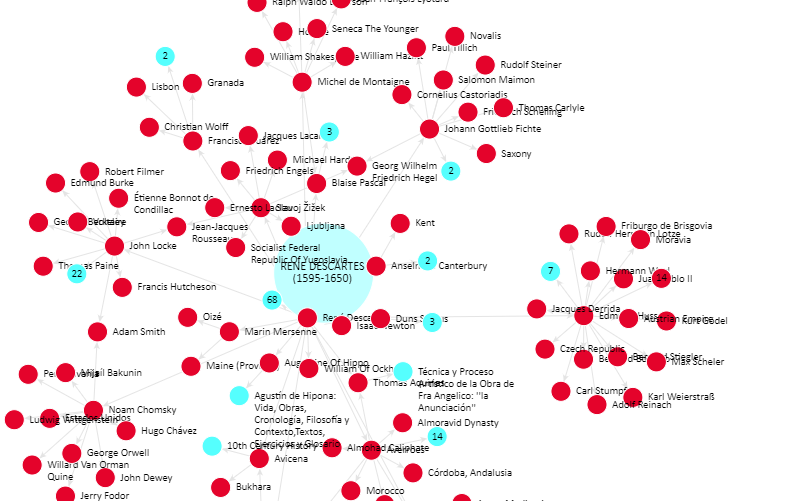
Cargando...
Que podo facer?
226539 materialEducativo
textoFiltroFichatipo de documento Artigo de Wikipedia Dbpedia
Sobre este recurso...
Contido exclusivo para membros de

Mira un ejemplo de lo que te pierdes
Categorías:
Etiquetas:
Fecha publicación: 8.9.2021
Queres comentar? Rexístrate ou inicia sesión
Engadir a Didactalia Arrastra el botón a la barra de marcadores del navegador y comparte tus contenidos preferidos. Más info...
Comentar
0